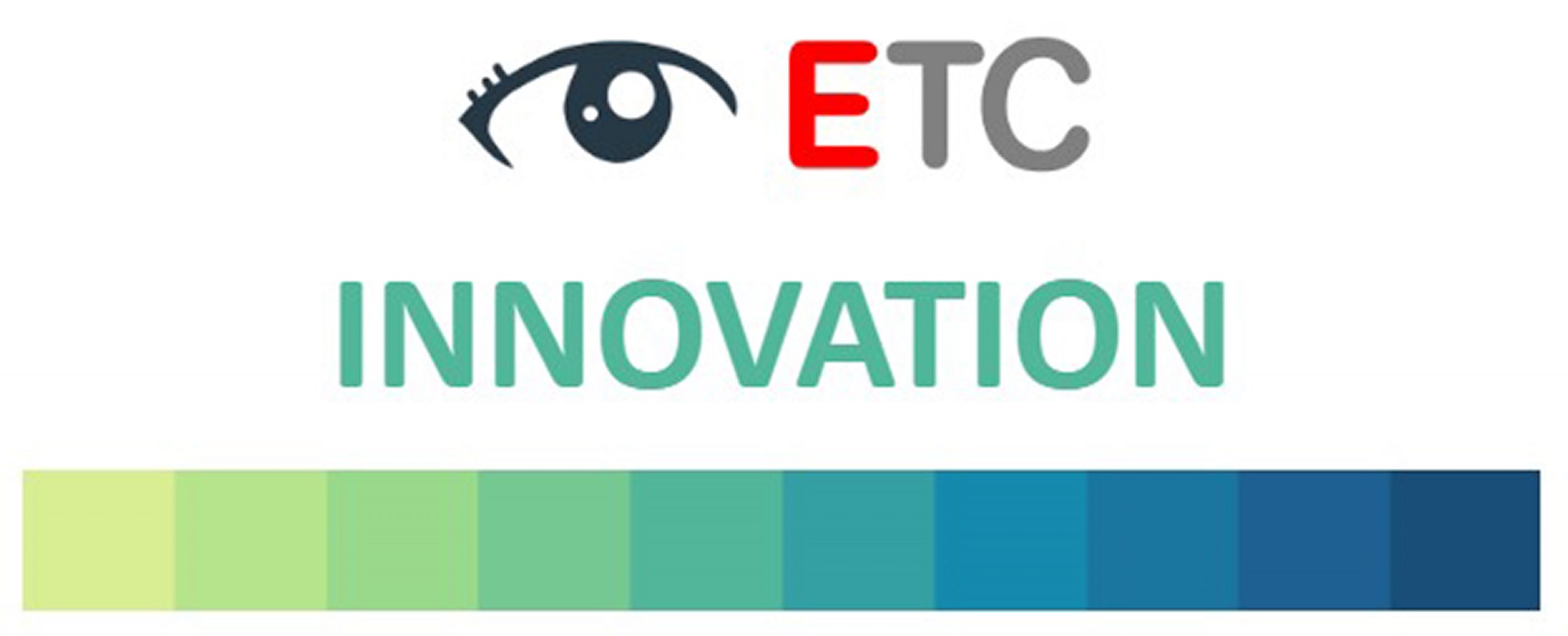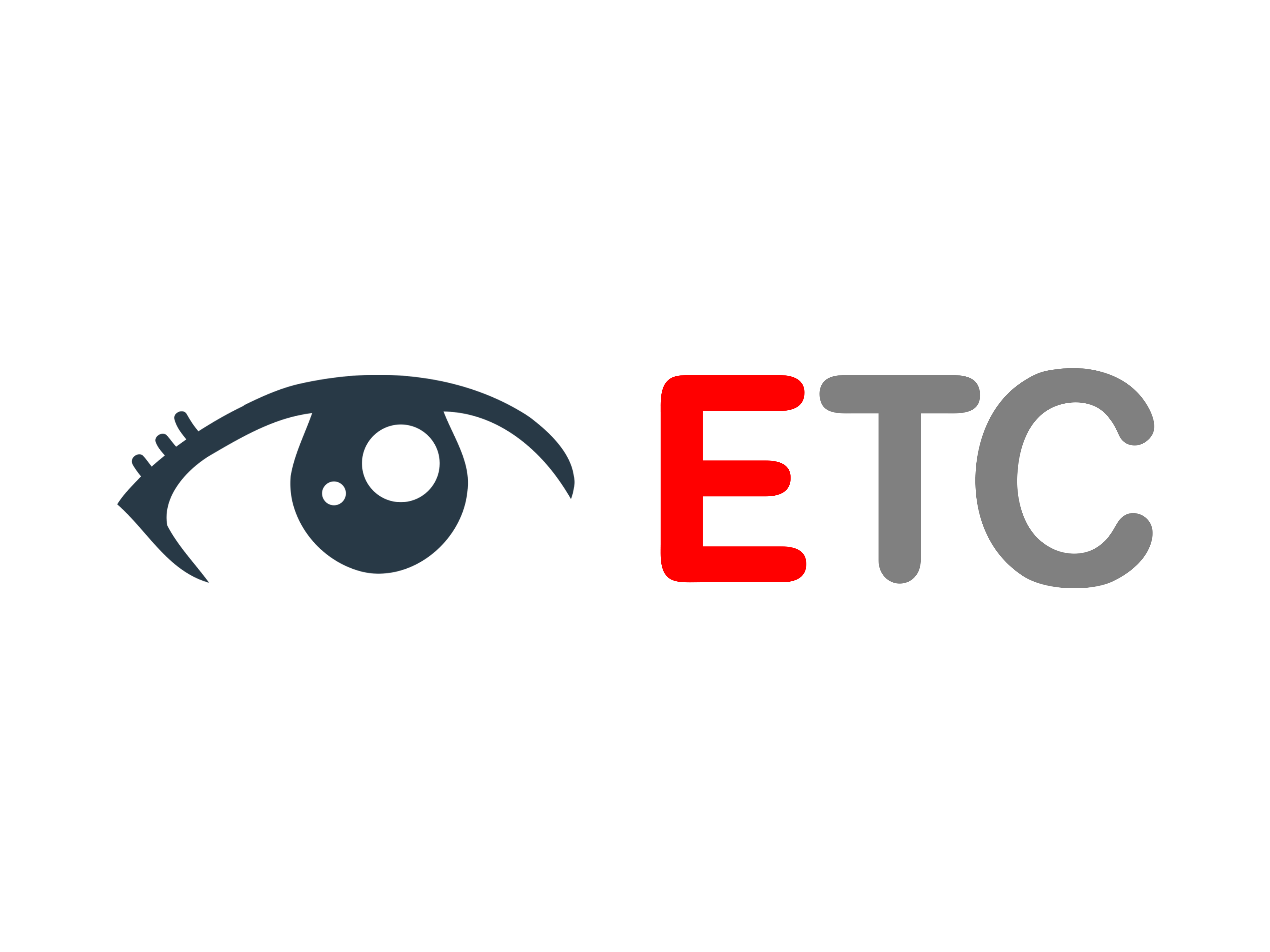Innovation Critical Issues
Assess Capabilities – Global R&D
Assessing these capabilities requires a comprehensive and holistic approach, considering both qualitative and quantitative factors. Engaging experts in the field and leveraging benchmarking studies to gain a broader perspective on global R&D capabilities within the industry is often helpful.
A Lateral Thinking vs. Logical Mind
It’s important to note that lateral thinking and logical thinking are not mutually exclusive. Both approaches have their merits and can complement each other in problem-solving. In fact, a balance between the two can often lead to more comprehensive and effective solutions. Leveraging lateral thinking
Brainstorming and daydreaming
Both brainstorming and daydreaming have their place in the creative process. Brainstorming provides a structured framework for generating ideas collaboratively, leveraging the collective wisdom of a group. On the other hand, Daydreaming allows for individual exploration and introspection, tapping into the subconscious and facilitating imaginative thinking.
Burnout and stress
By recognizing and addressing the potential sources of burnout and stress in the context of innovation, organizations can foster a healthier and more sustainable environment that supports innovators’ well-being, creativity, and productivity.
Challenges and rewards
By encouraging individuals to embrace discomfort, take risks, and pursue personal growth, organizations can foster a culture of innovation where individuals are motivated to push boundaries, challenge the status quo, and drive meaningful change.
Creativity and criticism
By embracing creativity and integrating constructive criticism, including the Devil’s Advocate role, organizations can foster a culture that encourages innovation, enhances the quality of ideas, and supports the development of robust and impactful solutions.
Diversity and eliminating discrimination
By actively promoting diversity and eliminating discrimination, organizations can unlock the full potential of their teams, drive innovation, and create a culture that values and respects the contributions of all individuals. Embracing diversity leads to better innovation outcomes and helps build a more equitable and inclusive society.
Employee engagement
By prioritizing employee engagement in the innovation process, organizations can leverage the full potential of their workforce, foster a culture of innovation, and drive meaningful outcomes. Engaged employees are more likely to contribute their best ideas, collaborate effectively, and embrace the challenges and opportunities of innovation.
The entrepreneur mindset
Embracing the entrepreneur mindset in innovation can fuel creativity, drive impactful solutions, and lead to transformative outcomes. It requires a combination of entrepreneurial attitudes, skills, and behaviors that empower individuals and organizations to navigate innovation’s complex and dynamic landscape.
The 3 P’s – Passion, Perseverance, and Positivity
By embodying the 3 P’s – Passion, Perseverance, and Positivity – individuals and teams can overcome challenges, maintain motivation, and drive meaningful innovation. These qualities fuel creativity, enable individuals to persist in the face of adversity, and contribute to a positive and collaborative innovation culture.
Evolving Landscape – Competition & Threats
Organizations can navigate the evolving landscape and turn threats into opportunities by understanding the competitive landscape, monitoring technological advancements, adapting to changing customer expectations, embracing disruption, and protecting intellectual property. Identifying and addressing these factors strengthens an organization’s position in the market, fosters innovation, and ensures long-term success.
Free thinking and ideas generation
By fostering an environment of free thinking and implementing strategies to generate ideas, organizations can unlock the creative potential of their teams and drive meaningful innovation. Embracing diverse perspectives, encouraging curiosity, and providing space for experimentation is key to nurturing a culture of innovation and generating breakthrough ideas.
Physical and mental health
Remember, prioritizing your physical and mental health is not a distraction from innovation but an essential component for sustainable creativity, productivity, and well-being. By incorporating healthy habits, you can enhance your ability to think creatively, adapt to challenges, and maintain a positive mindset throughout the innovation journey.
Generating innovative ideas
Remember, the idea-generation process is iterative and ongoing. Encourage a mindset of exploration, curiosity, and creativity within your organization. Establish a structured process to capture and evaluate ideas and allocate resources and support for their implementation. By leveraging diverse sources of inspiration and implementing a systematic approach, you can generate innovative ideas that drive your organization forward.
Immersion, or the “do it yourself” approach
By immersing yourself in the innovation process, you gain firsthand experiences, insights, and a deeper understanding of the problem or opportunity you’re addressing. This hands-on approach can lead to more creative and effective solutions while fostering a culture of innovation within your organization.
Innovation culture and a multinational mix
By nurturing an innovation culture and embracing a multinational mix, organizations can tap into a wealth of diverse perspectives, foster creativity, and drive innovation. These elements contribute to a dynamic and adaptive environment where new ideas thrive, leading to meaningful breakthroughs and sustainable growth.
Innovation Metrics and Financial Performance
By monitoring and analyzing both innovation and financial performance metrics, organizations can understand the link between innovation efforts and their impact on financial outcomes. This enables informed decision-making, resource allocation, and continuous innovation process improvement.
Innovation Teams & Healthy Conflict
By embracing healthy conflict, innovation teams can harness their members’ collective intelligence and diverse perspectives, leading to more innovative ideas, better decision-making, and, ultimately, successful outcomes in the innovation process.
IT and AI (Artificial Intelligence) offer numerous possibilities to enhance innovation
By leveraging state-of-the-art IT and AI technologies, organizations can augment their innovation capabilities, accelerate the development of new ideas, improve decision-making, and create innovative solutions with greater efficiency and effectiveness. These technologies empower innovation teams to leverage data-driven insights, automate tasks, enhance collaboration, and explore new frontiers of creativity.
Leadership vision
By establishing a strong leadership vision in the innovation process, leaders inspire, guide, and empower individuals and teams to drive meaningful and impactful innovation within the organization. The vision sets the stage for a culture of innovation, strategic alignment, collaboration, and adaptability, leading to breakthrough ideas, competitive advantage, and sustainable growth.
Management commitment to innovation
Management commitment to innovation sets the tone, provides guidance, and creates the necessary conditions for successful innovation within an organization. It establishes a supportive and empowering environment where employees are encouraged to think creatively, take risks, and contribute their innovative ideas to drive growth, competitiveness, and long-term success.
Meditation and mindfulness
Integrating meditation and mindfulness practices into innovation can enhance individuals’ cognitive abilities, emotional well-being, and interpersonal dynamics. By cultivating a calm and focused mind, individuals are better equipped to generate innovative ideas, navigate challenges, and collaborate effectively in pursuing creative solutions.
Observing customer behavior
By actively observing customer behavior, organizations can uncover unmet needs, identify opportunities for improvement, and develop innovative solutions that address customer pain points. Customer behavior observation serves as a foundation for customer-centric innovation, guiding organizations to create products, services, and experiences that truly resonate with their target audience.
Integrating suppliers and consultants
By integrating suppliers and consultants into the innovation process, organizations can access a wider range of expertise, resources, and perspectives. Collaboration with external partners enhances the organization’s ability to generate innovative ideas, accelerate development timelines, and bring new solutions to market. It fosters a culture of innovation that extends beyond the organization’s boundaries, driving competitive advantage and fostering long-term relationships with key stakeholders.
Universe of Possibilities
It’s important to note that the universe of possibilities in innovation is limitless and constantly evolving. It requires a mindset of exploration, a willingness to take risks, and a commitment to continuous learning and adaptation. By embracing this expansive mindset, organizations can navigate uncertainty, seize opportunities, and shape their future in a rapidly changing world.
Viable Prototype (business, product, service, process)
Developing a viable prototype in the innovation process allows organizations to test, validate, and refine their ideas before committing significant resources to full-scale implementation. It helps reduce risks, identify potential challenges, and increase the chances of success.
By iteratively building and refining prototypes, organizations can bridge the gap between ideation and implementation, ensuring that the final solution meets user needs and aligns with the desired outcomes.

